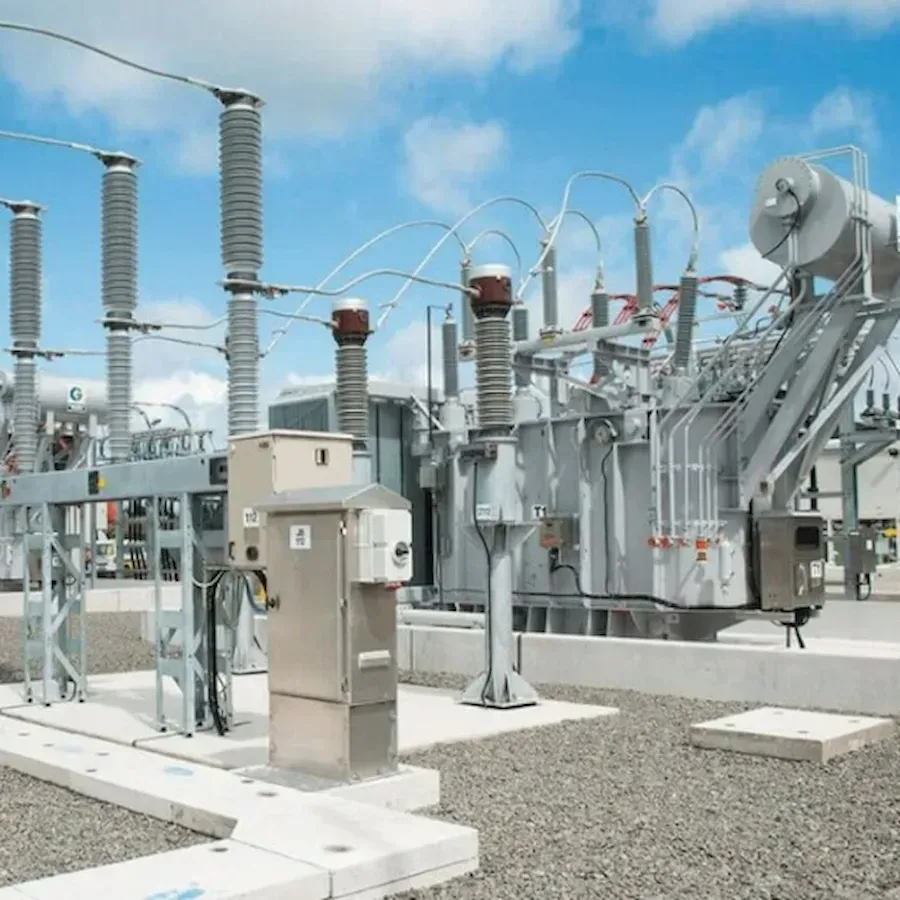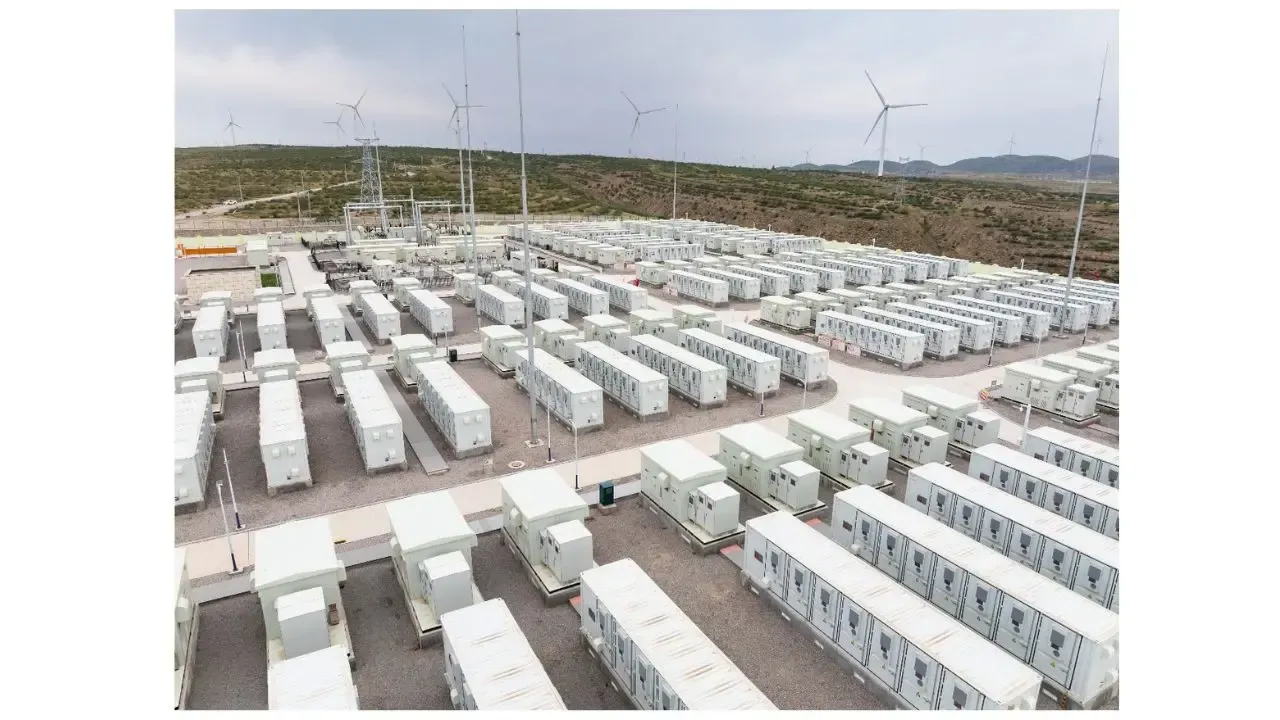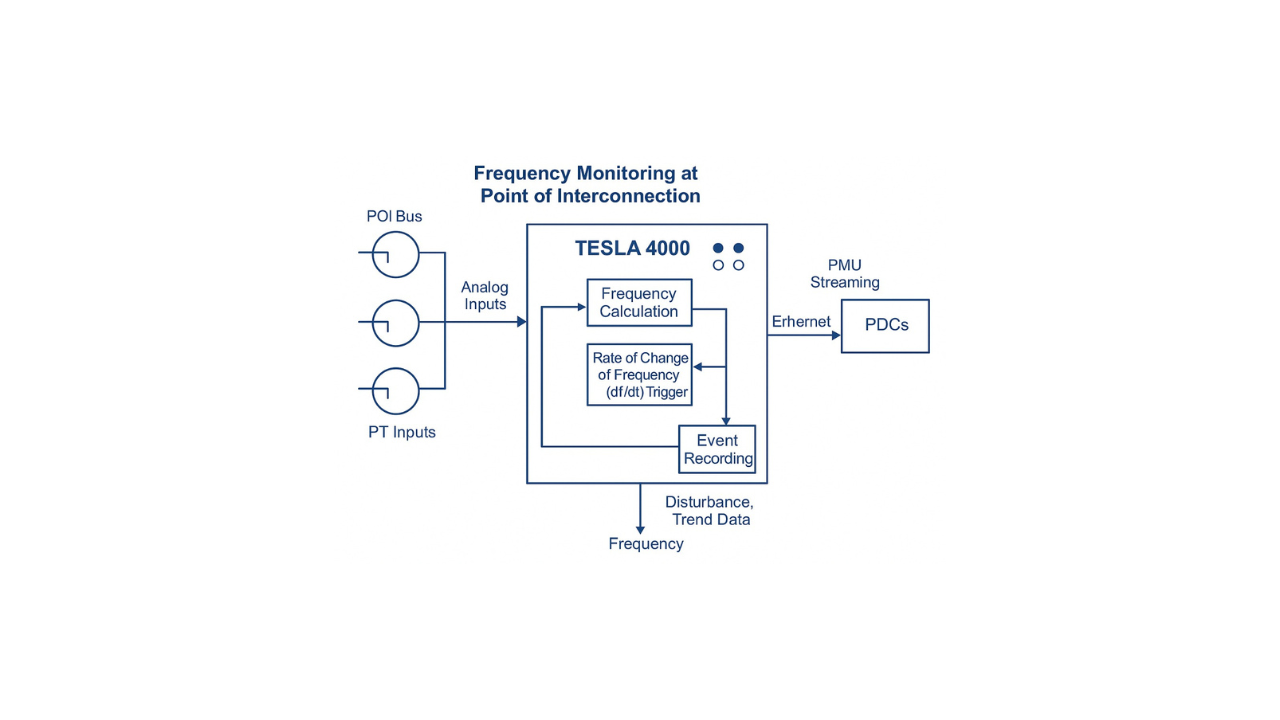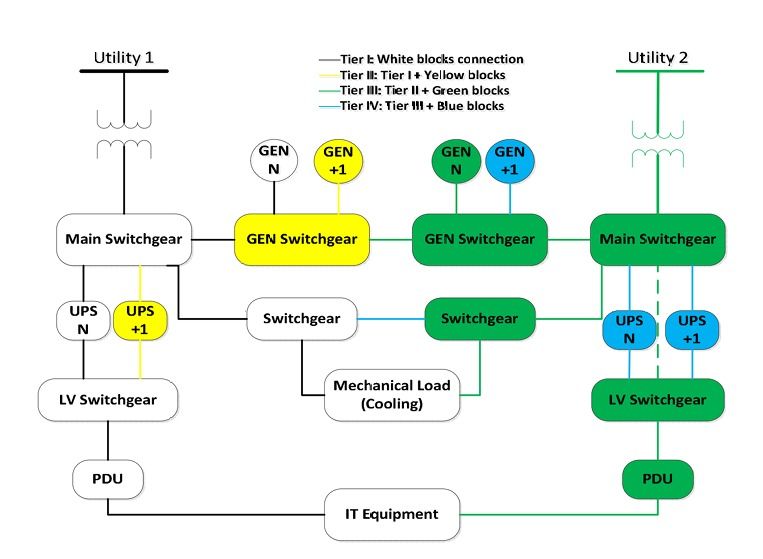A Coordinated Electric System Interconnection Review—the utility’s deep-dive on technical and cost impacts of your project.
NERC Alert: Ensuring Reliability in Inverter-Based Resource (IBR) Model Quality
May 14, 2025 | Blog

Introduction
As solar, wind, and battery-based Inverter-Based Resources (IBRs) rapidly expand across the Bulk Power System (BPS), NERC has identified reliability risks due to poor model quality. On June 4, 2024, the North American Electric Reliability Corporation (NERC) issued a Level 2 Industry Recommendation Alert addressing widespread IBR dynamic modeling deficiencies.
At Keentel Engineering, we help Generator Owners (GOs), Transmission Planners (TPs), and Planning Coordinators (PCs) align with these NERC recommendations, supporting compliance, planning accuracy, and system stability across all interconnection and reliability study phases.
The Issue: Real Events Trigger Real Concerns
Between 2016 and 2024, over 15,000 MW of IBR generation was lost during disturbances—10,000 MW of which occurred in just the last four years. Investigations revealed that modeling inaccuracies and poor validation were major contributing factors.
This NERC alert urges all responsible entities to improve their dynamic models to avoid large-scale grid failures.
Who Is Impacted by the NERC IBR Alert?
- Generator Owners (GOs) of BPS-connected IBRs: PV, wind, BESS, hybrids
- Transmission Planners (TPs) and Planning Coordinators (PCs)
- Inverter manufacturers, plant controller vendors, and consultants
NERC Alert: Key Recommendations
1. Accurate and Validated Models
- Models must match as-built configurations and behavior
- Validate both inverter and plant-level models
- Maintain benchmarking proof of accuracy
2. Standard PSPD Models: Base Case Only
- Use only for system-wide base cases
- Do not use for local studies without verification
3. Use Equipment-Specific Models
- Required for local studies and interconnection requests
- Must include validation reports and
.dllfiles
4–5. Model Submission & QA
- TPs/PCs should define submission standards
- Must accept PSPD and EMT validated models
6–8. GO Responsibilities
- Work with manufacturers on model accuracy
- Keep models up to date with lifecycle changes
- Ensure models are ready for TP/PC submissions
Proof of model accuracy (e.g., benchmarking reports) must be maintained.
NERC Compliance Deadlines
| Requirement | Due Date |
|---|---|
| Acknowledgment Submission | June 11, 2024 |
| Full Report Submission | September 2, 2024 |
Additional notes:
- Each GO must submit a Data Submission Worksheet
- TPs/PCs must respond to modeling practice questions
Why Model Quality Matters
Inaccurate models impair planners’ ability to simulate grid response accurately. Even small mismatches can cause cascading outages. NERC’s alert emphasizes that reliability starts with high-fidelity models reflecting real-world performance.
How Keentel Engineering Supports Compliance
Keentel Engineering offers complete technical support for NERC alert response:
- PSPD and EMT model validation
- Manufacturer coordination for conformance
- Benchmarking report preparation
- Submission worksheet completion
- NERC documentation and review assistance
FAQs on NERC IBR Modeling Alert
What is the alert about?
To address systemic inaccuracies in dynamic IBR models.
Who must respond?
GOs, TPs, and PCs with BPS-connected IBRs.
What models are required?
PSPD, EMT, and standard library (case-dependent).
What are equipment-specific models?
Custom, validated inverter models matching site behavior.
Why are standard models not enough?
They lack customization and dynamic fidelity.
How are models validated?
Through benchmarking and performance comparison.
What’s in a benchmarking report?
Comparisons of model types vs. real equipment behavior.
When must models be updated?
After any hardware/firmware/control change.
What are ‘qualified changes’?
Changes impacting behavior per FAC-002-4.
Impact on interconnection studies?
Only validated models are accepted near study zones.
Is EMT always required?
No, only for EMT-driven studies.
TP/PC responsibilities?
Define requirements, verify submissions.
Can vendors help?
Yes, they should provide validated parameters and models.
Is the alert enforceable?
Yes under NERC’s Rules of Procedure (non-compliance may be flagged).
How can Keentel help?
We provide end-to-end validation, worksheet support, and model integration for compliance.
Compliance Starts with Accuracy – Let’s Talk
Is your organization ready to respond by the September 2 deadline?
Keentel Engineering can manage the full model validation and submission lifecycle, giving you clarity and confidence under NERC scrutiny.

About the Author:
Sonny Patel P.E. EC
IEEE Senior Member
In 1995, Sandip (Sonny) R. Patel earned his Electrical Engineering degree from the University of Illinois, specializing in Electrical Engineering . But degrees don’t build legacies—action does. For three decades, he’s been shaping the future of engineering, not just as a licensed Professional Engineer across multiple states (Florida, California, New York, West Virginia, and Minnesota), but as a doer. A builder. A leader. Not just an engineer. A Licensed Electrical Contractor in Florida with an Unlimited EC license. Not just an executive. The founder and CEO of KEENTEL LLC—where expertise meets execution. Three decades. Multiple states. Endless impact.
Services

Let's Discuss Your Project
Let's book a call to discuss your electrical engineering project that we can help you with.

About the Author:
Sonny Patel P.E. EC
IEEE Senior Member
In 1995, Sandip (Sonny) R. Patel earned his Electrical Engineering degree from the University of Illinois, specializing in Electrical Engineering . But degrees don’t build legacies—action does. For three decades, he’s been shaping the future of engineering, not just as a licensed Professional Engineer across multiple states (Florida, California, New York, West Virginia, and Minnesota), but as a doer. A builder. A leader. Not just an engineer. A Licensed Electrical Contractor in Florida with an Unlimited EC license. Not just an executive. The founder and CEO of KEENTEL LLC—where expertise meets execution. Three decades. Multiple states. Endless impact.
Leave a Comment
We will get back to you as soon as possible.
Please try again later.
Related Posts














